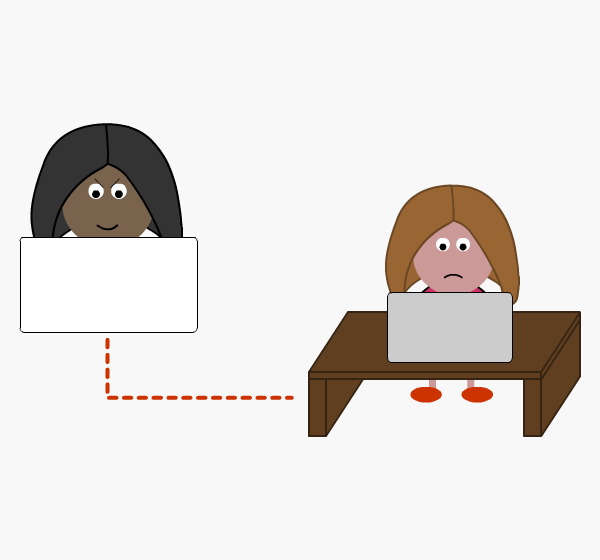
Cyberbullying is rarely out of the news and we regularly hear reports where abusive messages have been spread by email, Facebook and Twitter as well as other social networking sites. In extreme cases, young people have been driven to suicide because they were unable to cope with the emotional trauma of being cyberbullied. Cyberbullying is clearly a very serious challenge for parents, teachers and community workers.
On 27th September 2013, a forum on cyberbullying, hosted by Irish MEP Seán Kelly, was held in Limerick in Ireland. The forum was arranged in order to raise awareness of online bullying and it was stressed how the huge increase in mobile technology has given rise to malicious online activity. It also highlighted that cyberbullying mainly affects children, teenagers and young adults with children as young as six years old using social media.
Seán Fallon of the Anti-Bullying Campaign explained that cyberbullying is a form of bullying. This may sound obvious, but many people think it is an isolated problem, when in fact it is simply an additional form of bullying. Bullies are people who want to dominate and hurt others, and the majority of cyberbullies also use traditional methods of bullying (e.g. pushing, hitting, name-calling etc). Seán also highlighted that in a recent survey, 12% of 10-year-olds said they were bullied weekly and around 30% of teenage pupils were bullied in any half-term period.
We can also look at some frightening statistics concerning the UK from the NSPCC:
- 38% of young people have been affected by cyberbullying
- Almost half (46%) of children and young people say they have been bullied at school at some point in their lives
- 38% of disabled children are worried about being bullied
- 18% of children and young people who are worried about bullying said they would not talk to their parents about it
Ultimately, we need to focus on all bullying — not just cyberbullying, and we need to tackle this issue as early as possible, as soon as children start school. If we can nip it in the bud in primary school, it won’t carry on into secondary school. It is also clear that only adults can deal effectively with bullying, and in most cases this points to teaching professionals. To tackle bullying successfully, the following is necessary:
- Teachers need to know about bullying
- Teachers need to know what to do about bullying
- Teachers need to fully understand the impact of bullying and the effect is has on everyone
It is important to change the behaviour of the bully and make them realise that bullying is unacceptable and will not be tolerated. In addition, we need to empower all young people to report bullying, including the targets of bullying as well as the bystanders, by helping them develop confidence and self-esteem.
Bullying is bad for everyone involved, and rather than relying on one-off anti-bullying campaigns, all schools need a long-term approach to bullying and cyberbullying thereby promoting a safe and secure atmosphere which is conducive to learning.

